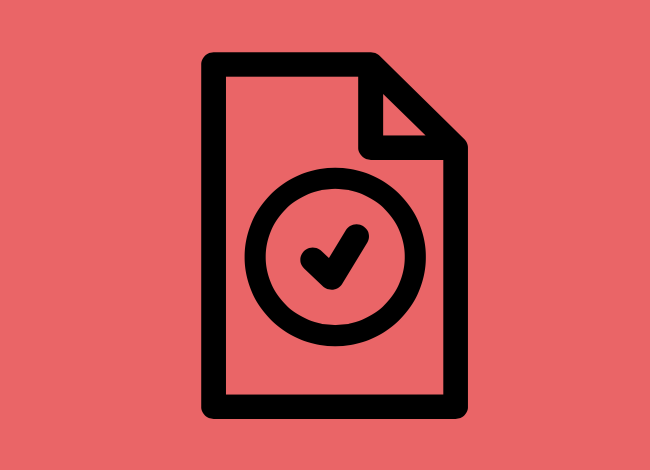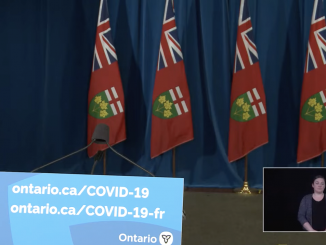
Framework Introduces Preventative Measures Earlier to Limit Transmission of COVID-19
The Ontario government, in consultation with the Chief Medical Officer of Health, local medical officers of health, and other health experts, is moving five public health regions to new levels with stronger public health measures. These steps are being taken to stop the spread of COVID-19 in order to keep schools open, safeguard health system capacity, and protect the province’s most vulnerable populations. The regional levels and specific public health measures are set out in the Keeping Ontario Safe and Open Framework.
“The health and safety of all Ontarians is and will always be our top priority, that’s why we are following the advice of the Chief Medical Officer of Health and other health experts and making this adjustment today,” said Christine Elliott, Deputy Premier and Minister of Health. “Over the last week we have seen a shift in the trends of key public health indicators in regions across the province, and by moving these five regions to a new level in the framework, we can ensure that the necessary targeted measures are in place to stop the spread of the virus and allow us to keep our schools and businesses open.”
Based on the latest data, the following public health regions will move from their current level in the framework to the following levels effective Monday, November 30, 2020 at 12:01 a.m.:
- Red-Control
- Windsor-Essex County Health Unit.
- Orange-Restrict
- Haldimand-Norfolk Health Unit.
- Yellow-Protect
- Hastings Prince Edward Public Health
- Lambton Public Health; and
- Northwestern Health Unit.
All other public health regions will remain at their current level. Please visit Ontario.ca/covidresponse for the full list of public health region classifications.
For long-term care homes, visitor restrictions apply to those homes in the public health unit regions that are in the Orange-Restrict level or higher. In addition, long-term care homes must implement recently enhanced testing requirements.
Trends in public health data will continue to be reviewed weekly to determine if public health units should stay where they are or be moved into a higher level. Public health units will stay in their level for a minimum of 28 days, or two COVID-19 incubation periods, at which time, the government will assess the impact of public health measures to determine if the public health unit should stay where they are or be moved to a different level. The Ministry of Health will continue to consult regularly with local medical officers of health on local context and conditions to help inform the classification of their public health unit region.
“As we continue in our fight against this second wave of COVID-19, the need to follow public health advice has never been greater,” said Dr. David Williams, Chief Medical Officer of Health. “All Ontarians are urged to adhere to the organized public event and social gathering limits in their region and avoid any non-essential travel in order to reduce the risk of exposure and ensure the continued safety of the community.”
All Ontarians should avoid close contact with anyone not living in the same household. People who live alone may have exclusive close contact with one additional household to prevent feelings of isolation and mitigate against negative mental health impacts.
The following recommendations apply to all public health unit regions in the province:
- Stay home if you have COVID-19 symptoms, even if they are mild;
- Maintain two metres of physical distancing from everyone else;
- Avoid social gatherings and limit close contacts to your household or the people you live with;
- Adhere to the restrictions in your region on public and private gatherings;
- Wear a face covering indoors and wear one outdoors if physical distancing may not be maintained or if wearing one is required;
- Wash your hands thoroughly and regularly;
- Cover your cough;
- Get tested if you have symptoms compatible with COVID-19, or if you’ve been advised of exposure by your local public health unit or through the COVID Alert mobile app;
- Individuals and families from higher transmission regions should avoid travel to lower transmission regions, except for essential reasons;
Quick Facts
- Find out what level and which regional public measures are in place for your area.
- No matter where you live in the province, the safest way to spend the holidays this year is by only celebrating in person with the people you live with and celebrating virtually with everyone else.
- Get tested if you have symptoms compatible with COVID-19, or if you have been advised of exposure by your local public health unit or through the COVID Alert app. Visit Ontario.ca/covidtest to find the nearest testing location.
- To find the right supports, visit COVID-19: Support for People, which has information about the many available and free mental health services and supports.
- The Ontario government is now providing $600 million in relief to support eligible businesses required to close or significantly restrict services due to enhanced public health measures, doubling its initial commitment of $300 million made in the 2020 Budget, Ontario’s Action Plan: Protect, Support Recover.
- If you have questions about what will be open or impacts to your business or employment, call the Stop the Spread Business Information Line at 1-888-444-3659.
- To stay safe, you can download the COVID Alert App free from the Apple and Google Play app stores.
Control (stringent measures) – red
Broader-scale measures and restrictions across multiple sectors to control transmission (return to modified Stage 2). Restrictions are the most severe available before widescale business or organizational closure.
Source: Newsroom Ontario [dot] ca



